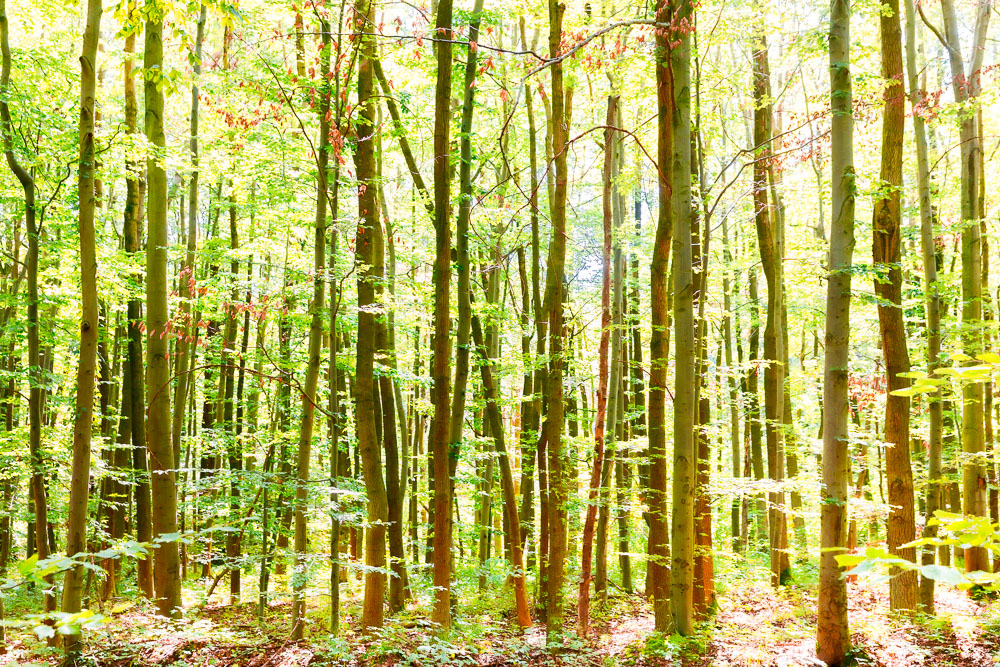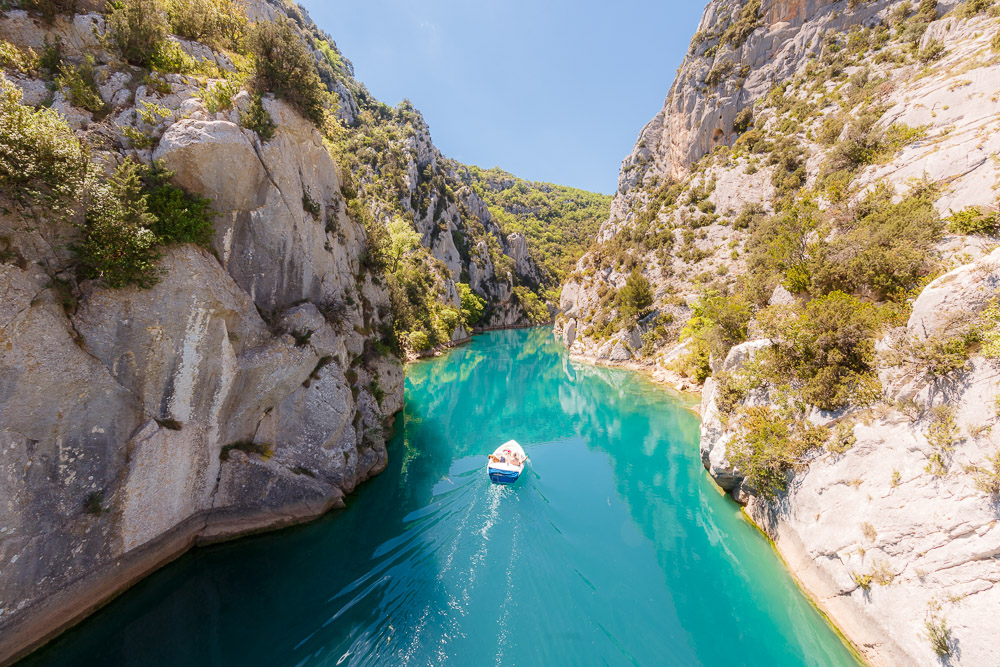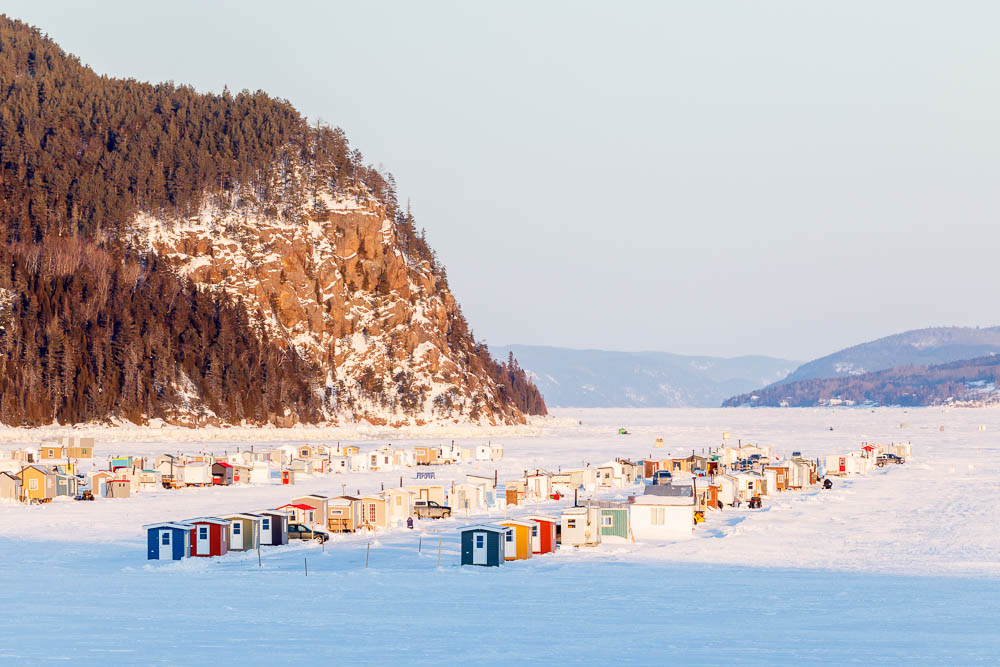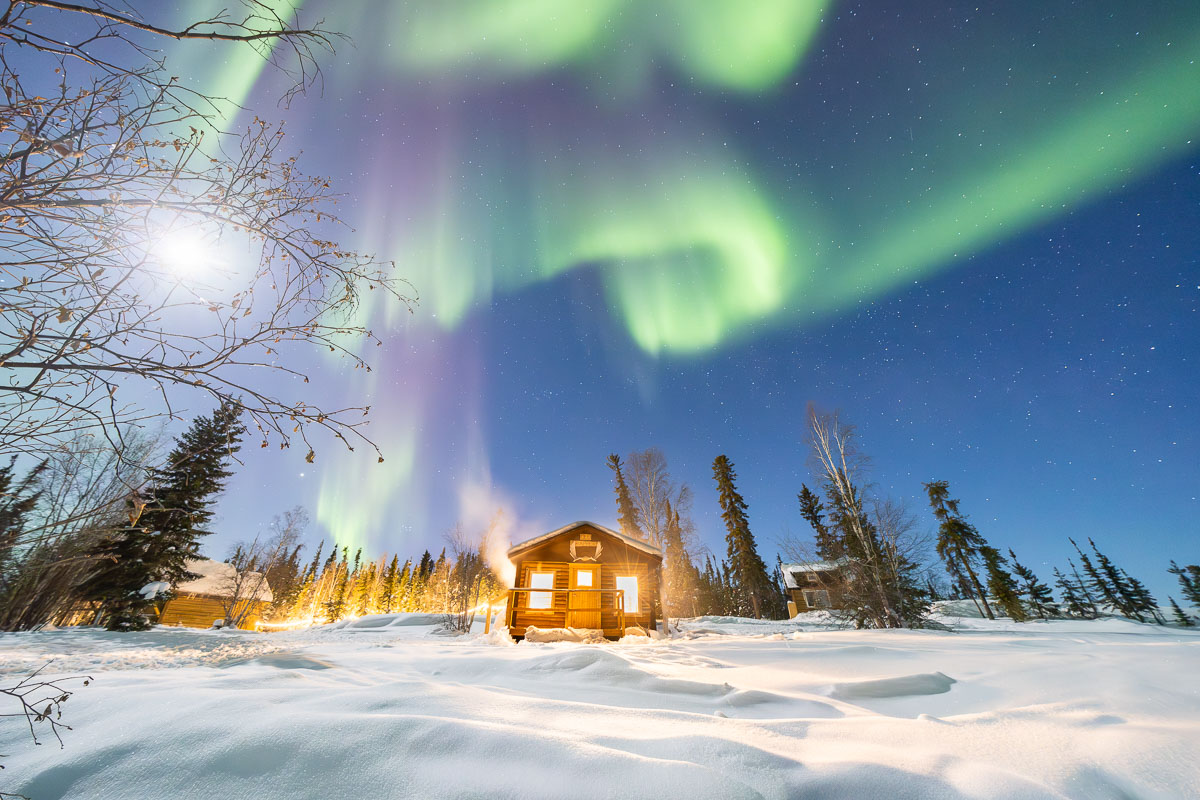
› Blog/travel
January 2020 |
Hainich National Park
The Hainich National Park in Thuringia in central Germany is home to one of the largest primeval beech forests in Europe. It is a primeval forest that has never been managed by man.
Hainich National Park has been a UNESCO World Heritage Site since 2011.
For the small history, this forest sheltered a military training camp during the period of the GDR (German Democratic Republic).
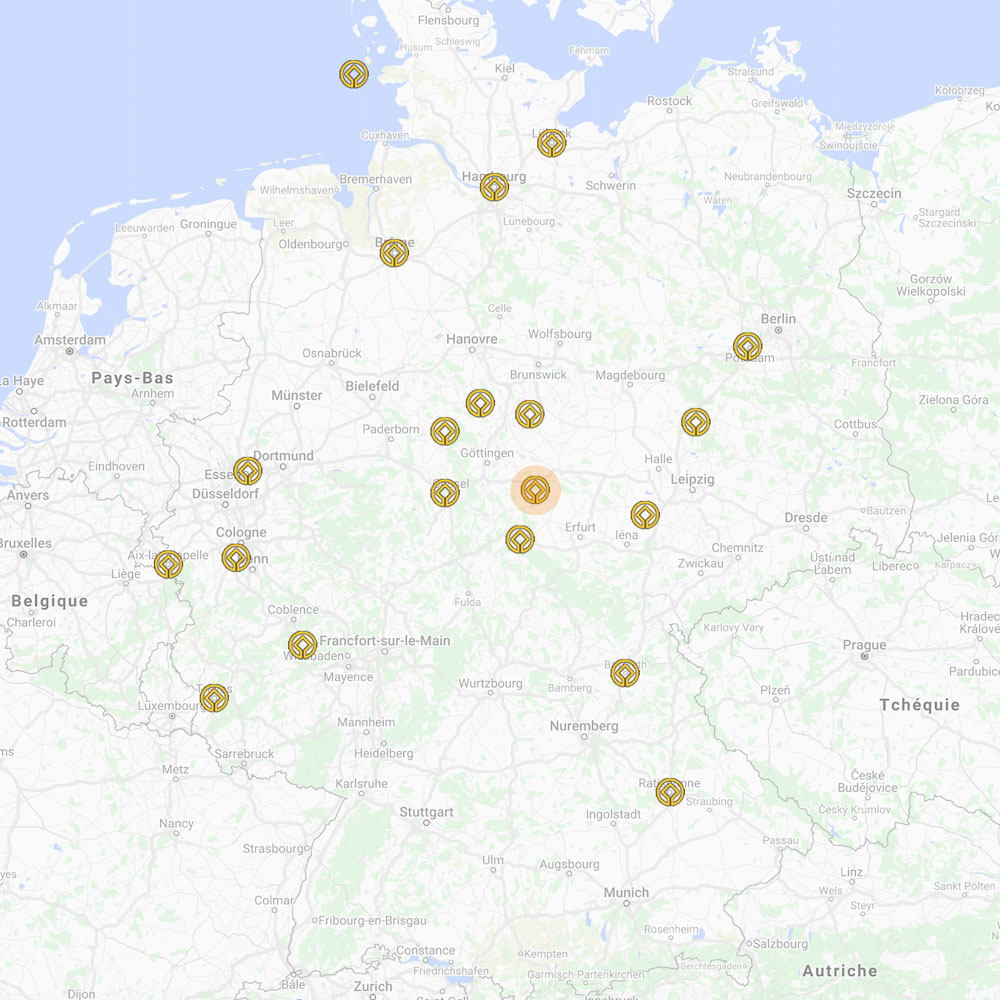
Hainich National Park is easy to access and visit. It is also very well equipped with an information center and various services available on site.
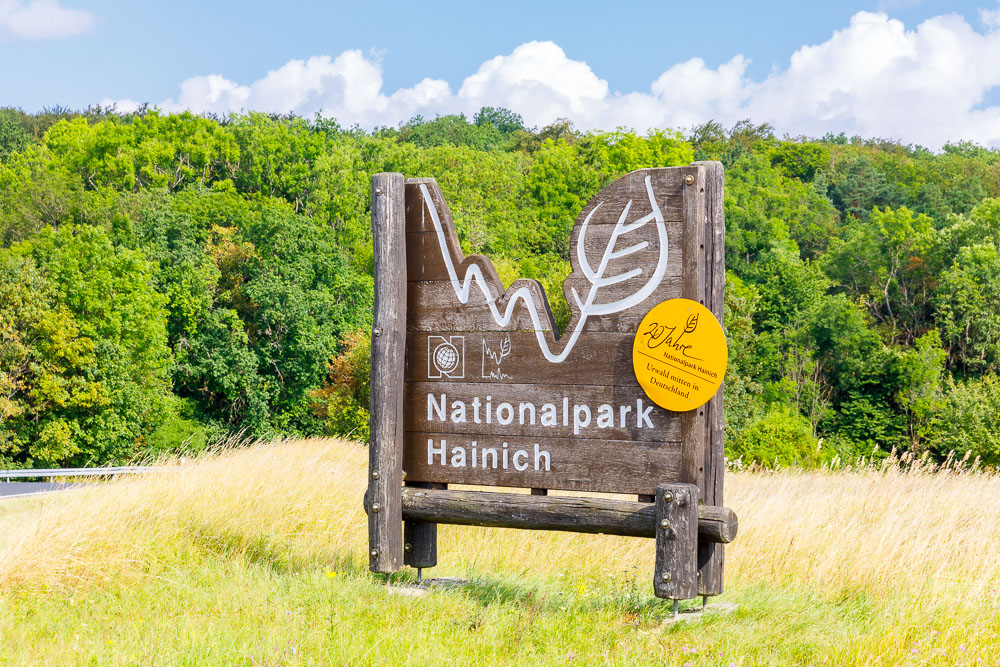
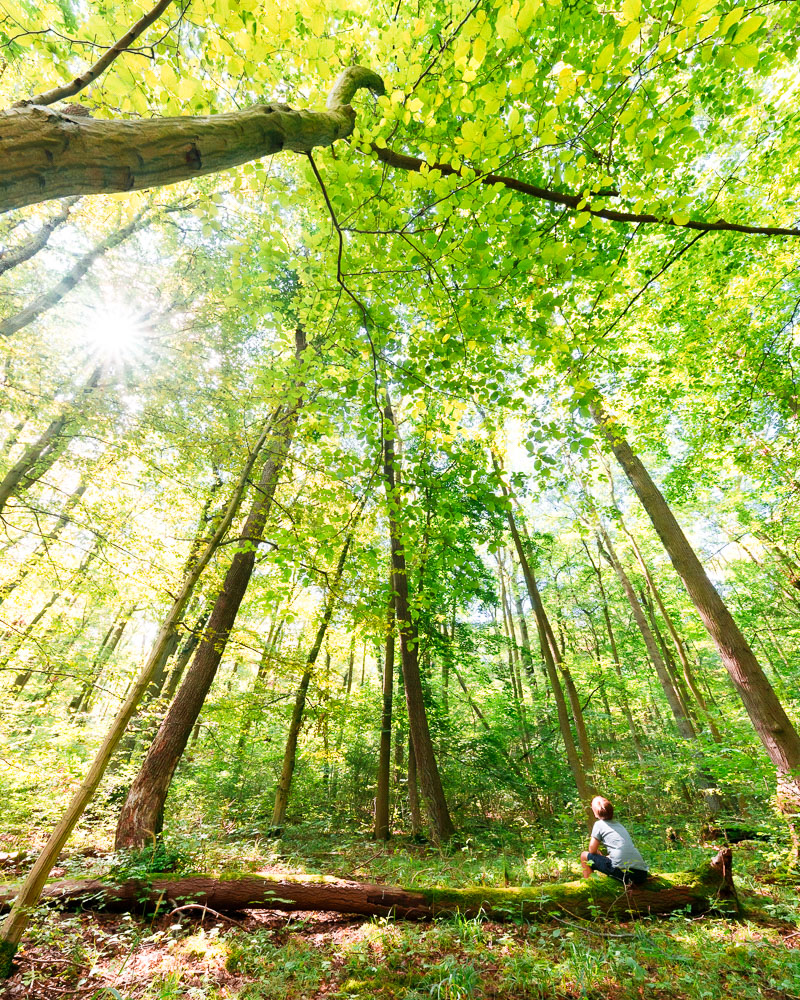
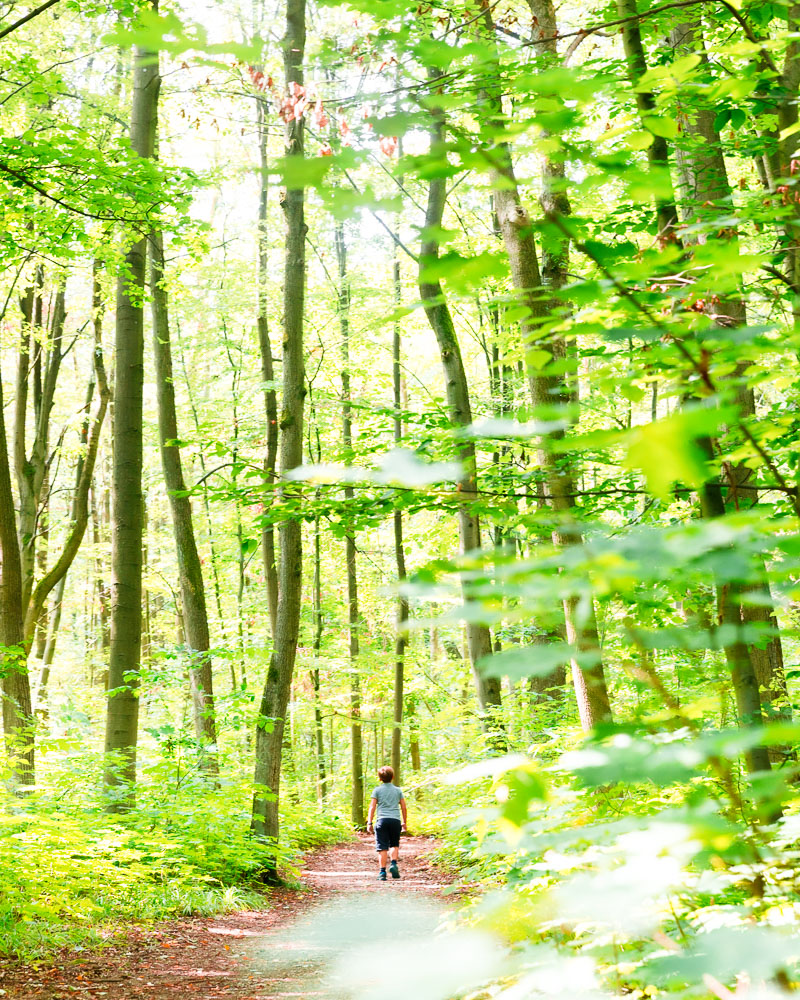
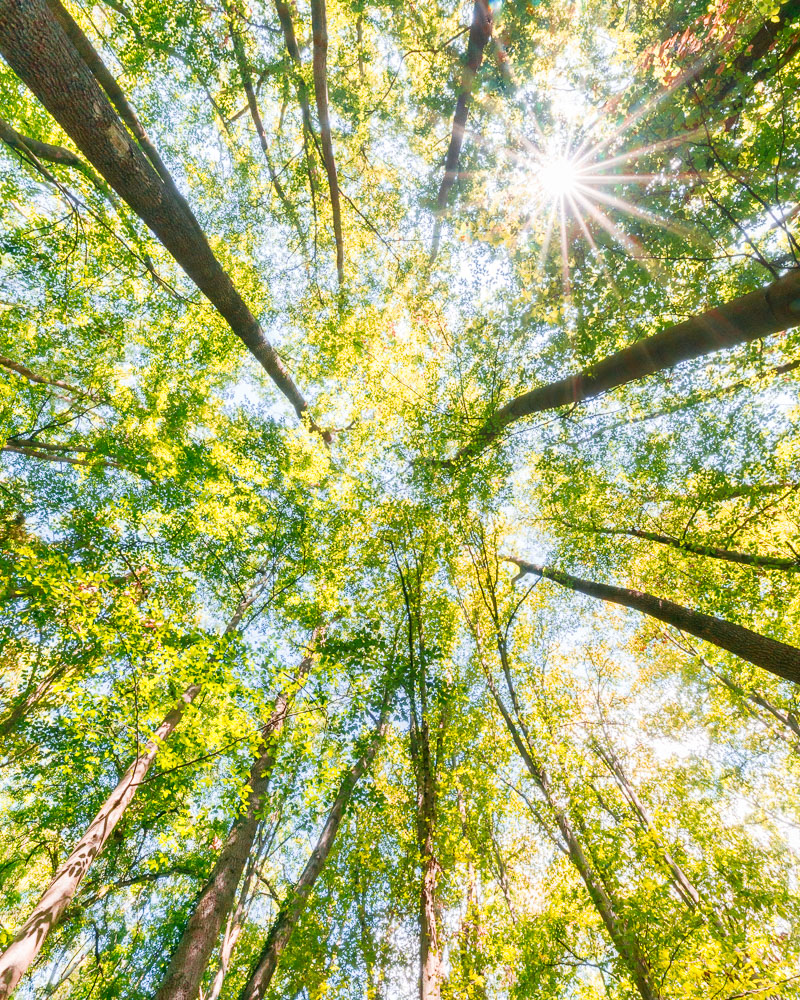
It is possible to walk on a platform of observation in height to have a panoramic view of the forest. This platform is equipped with small “accrobranches” for children.
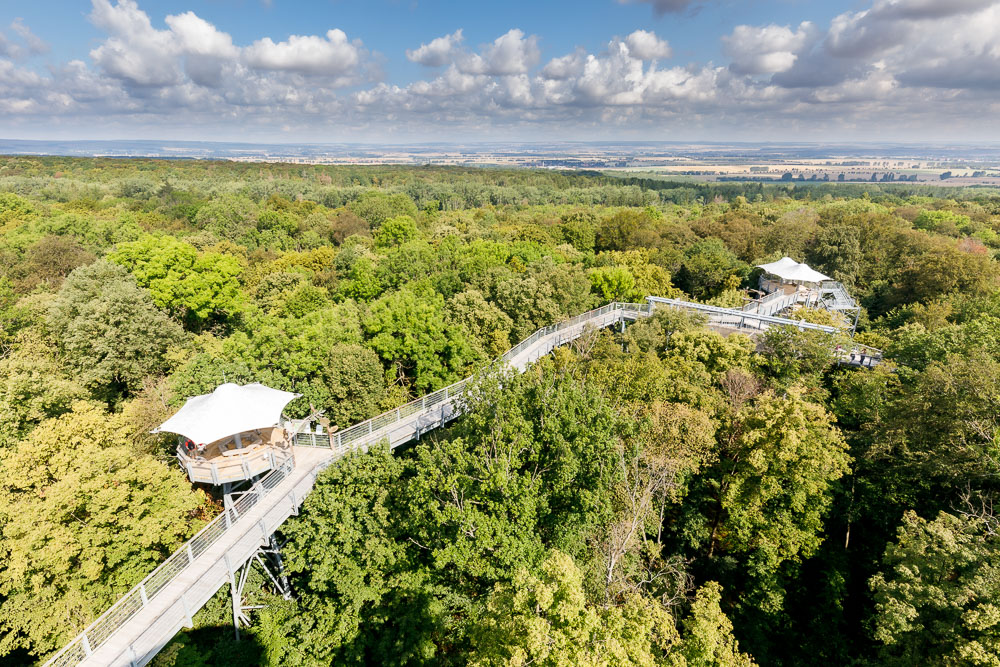
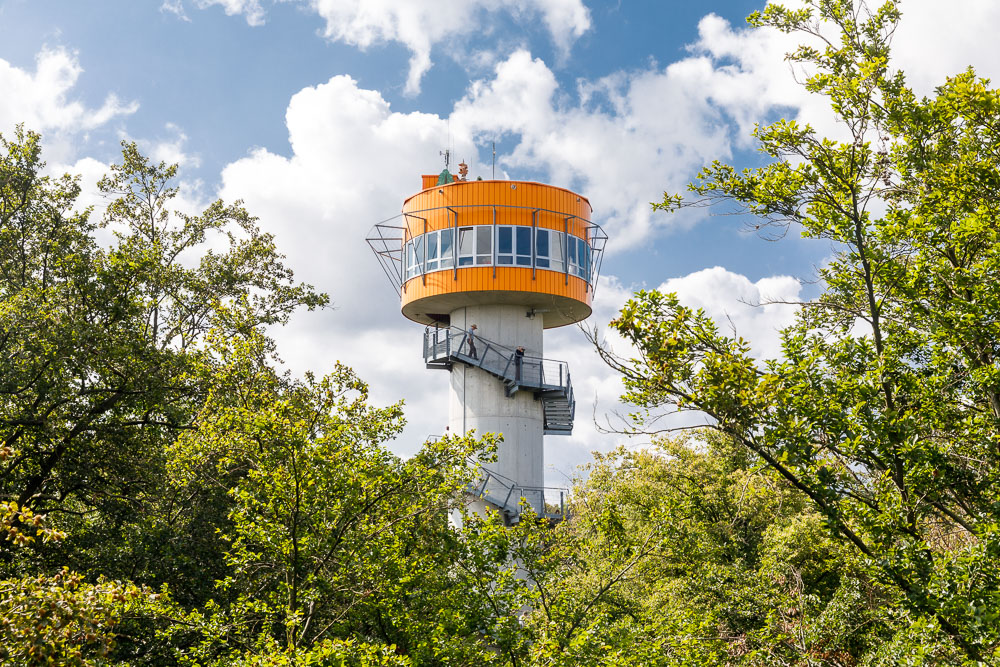
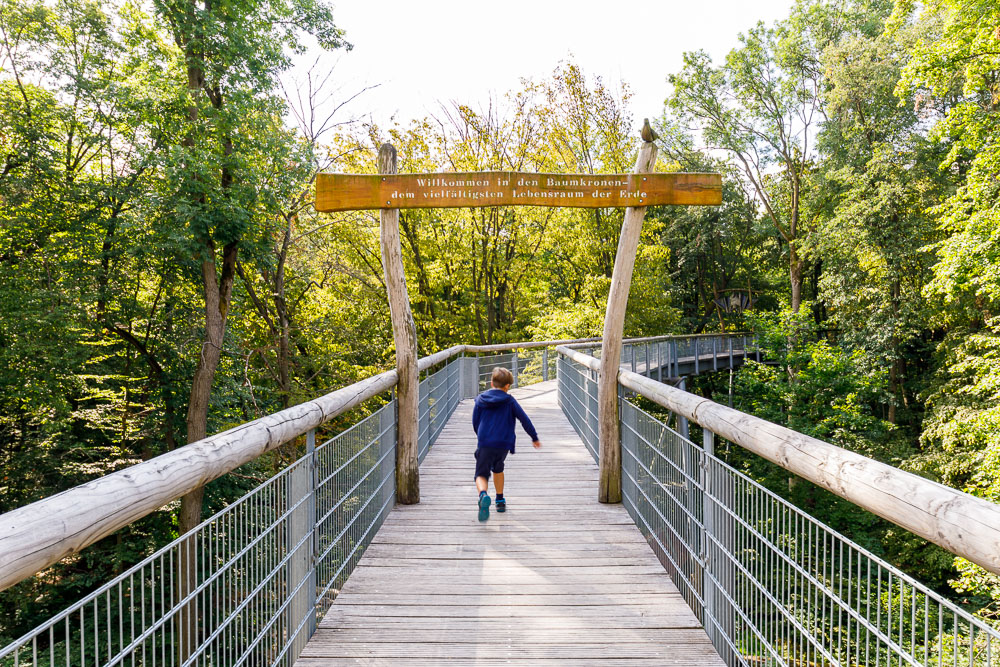

Small story: while walking around, we found on the ground a can lid dating back to the GDR when the area was a military training camp. A little impression of being in the movie “Goodbye Lenin” 🙂
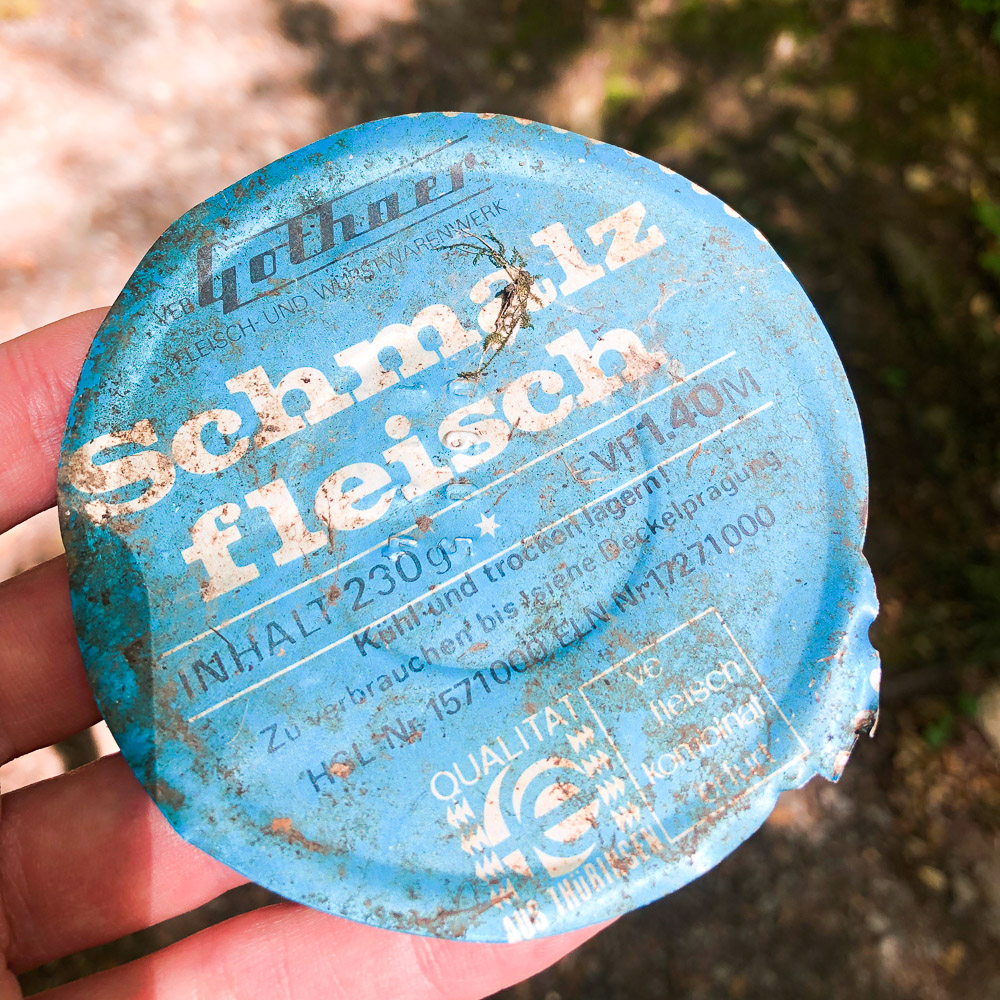
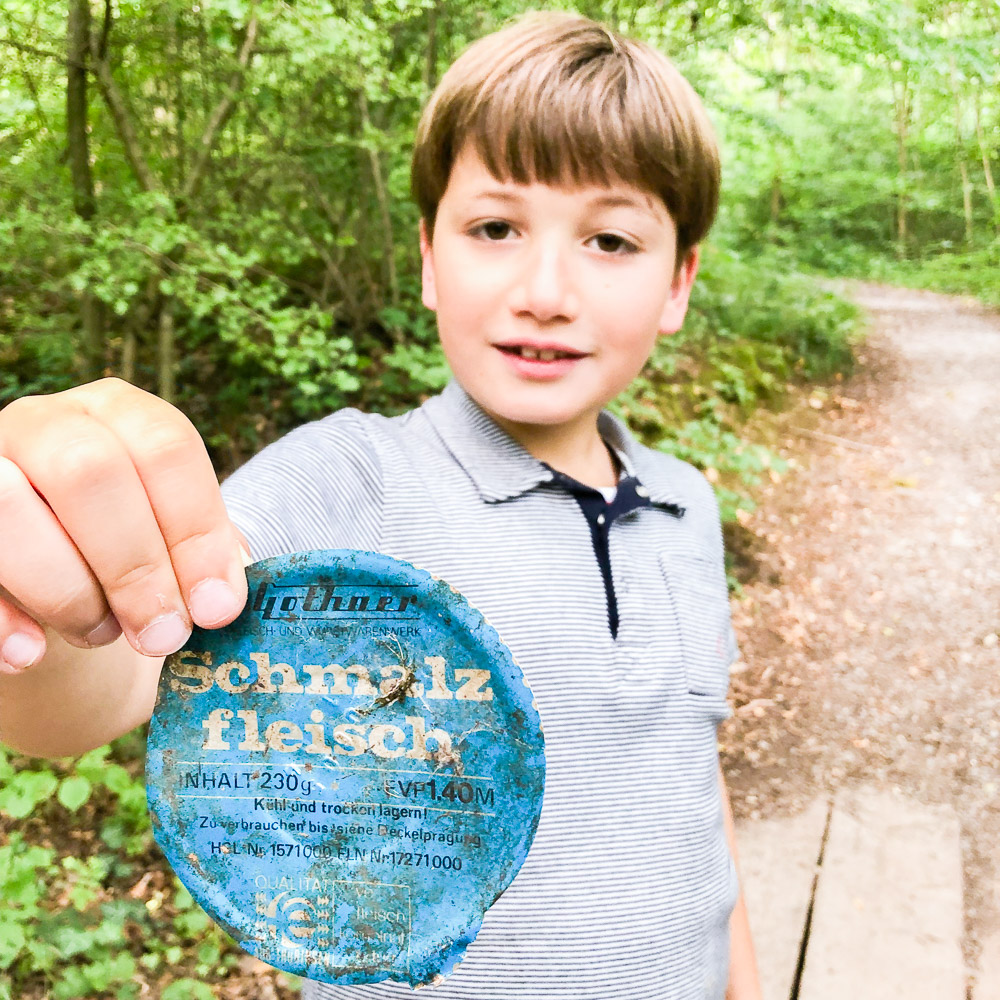
If the weather is good, don’t hesitate to take a bucolic lunch break and enjoy Thuringia’s specialties!
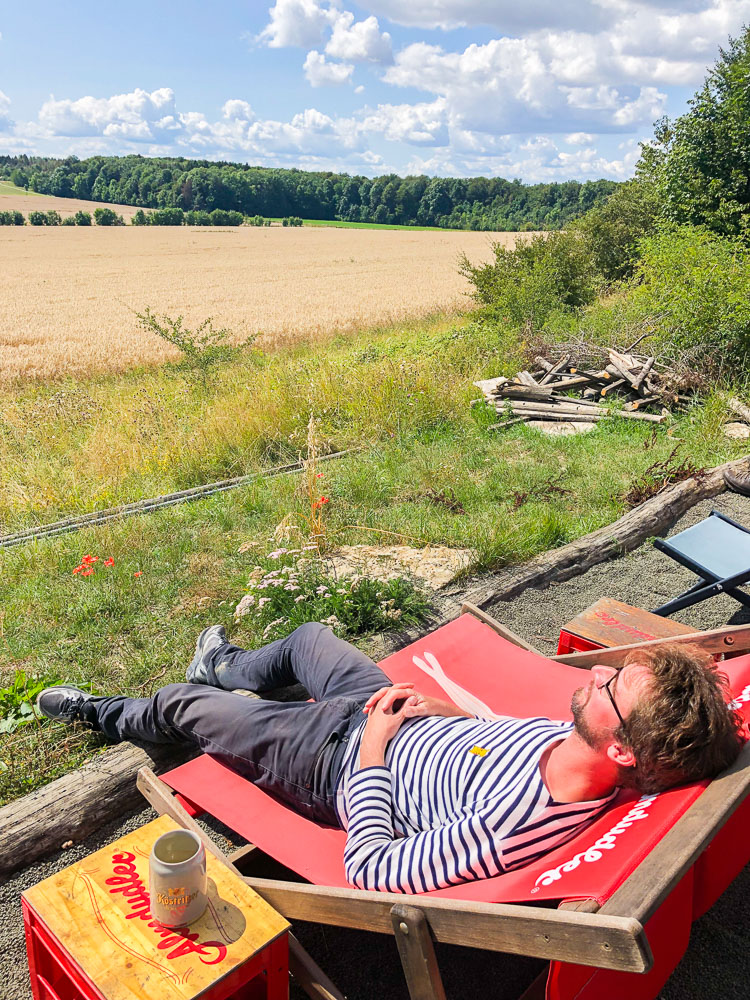
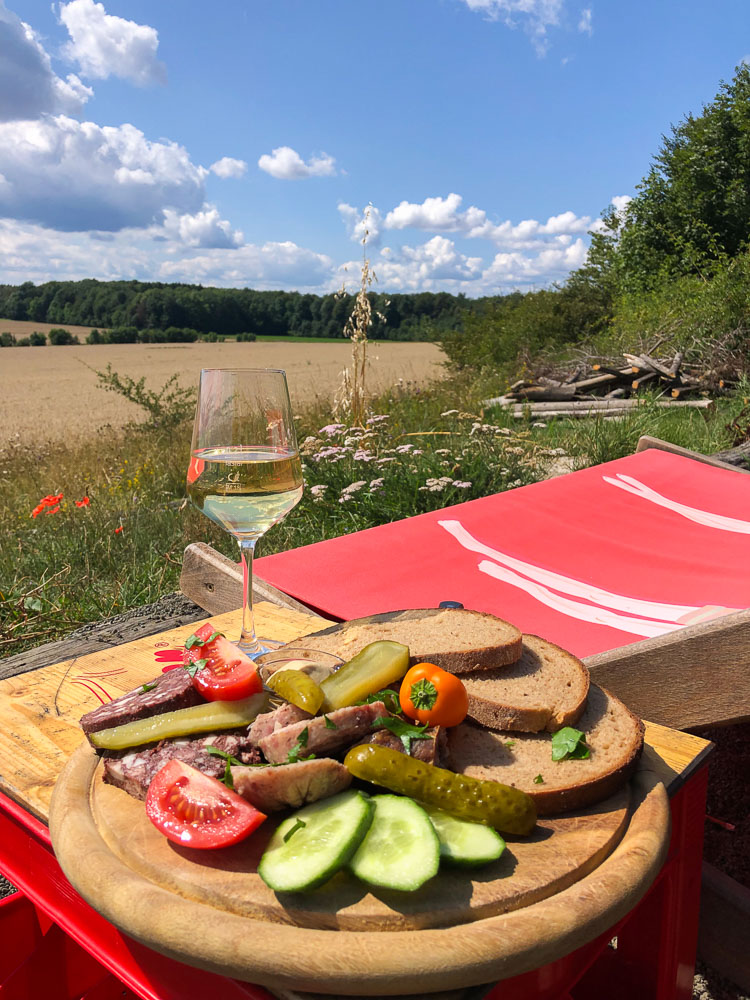
Photo Tips
Best times to take pictures in the Hainich forest
- Time of day: Prefer early morning (up to one hour after sunrise) or, if not, in the evening before sunset. In the early morning, the possibility of morning mist mixed with the oblique rays of the sun can give a magical atmosphere. Personally, I went too late in the morning. The light was too bright.
- Season: the 4 seasons each bring their own specificities. That said, it must be beautiful in October with the colors of autumn. In winter, it can also be magical with snow.
Material to take
- Objectives: from wide angle to telephoto, because any perspective can be interesting and there are also animals!
- Drone: I didn’t use the drone, but as this is a national park, there are authorizations to be requested beforehand. And that can be strictly forbidden.
- Tripod: light conditions in the early morning for example may require the use of a tripod.
Spots to be photographed
- The panoramic view from the height viewpoint
- Otherwise you have to go for a walk in the forest.
To get there (from Paris)
- Train: 12h
- Car: 8h
- Plane: 1h (Frankfurt) + 2h by car

Wakayama Castle Sakura Season – Limited Edition Fine Art Print
From 690,00 €
DiscoverFeatured posts
- Yellowknife The Aurora Capital of the World
- Top 10 photo Spots for Cherry Blossom in Japan
- Top 10 photo spots in Kyoto


